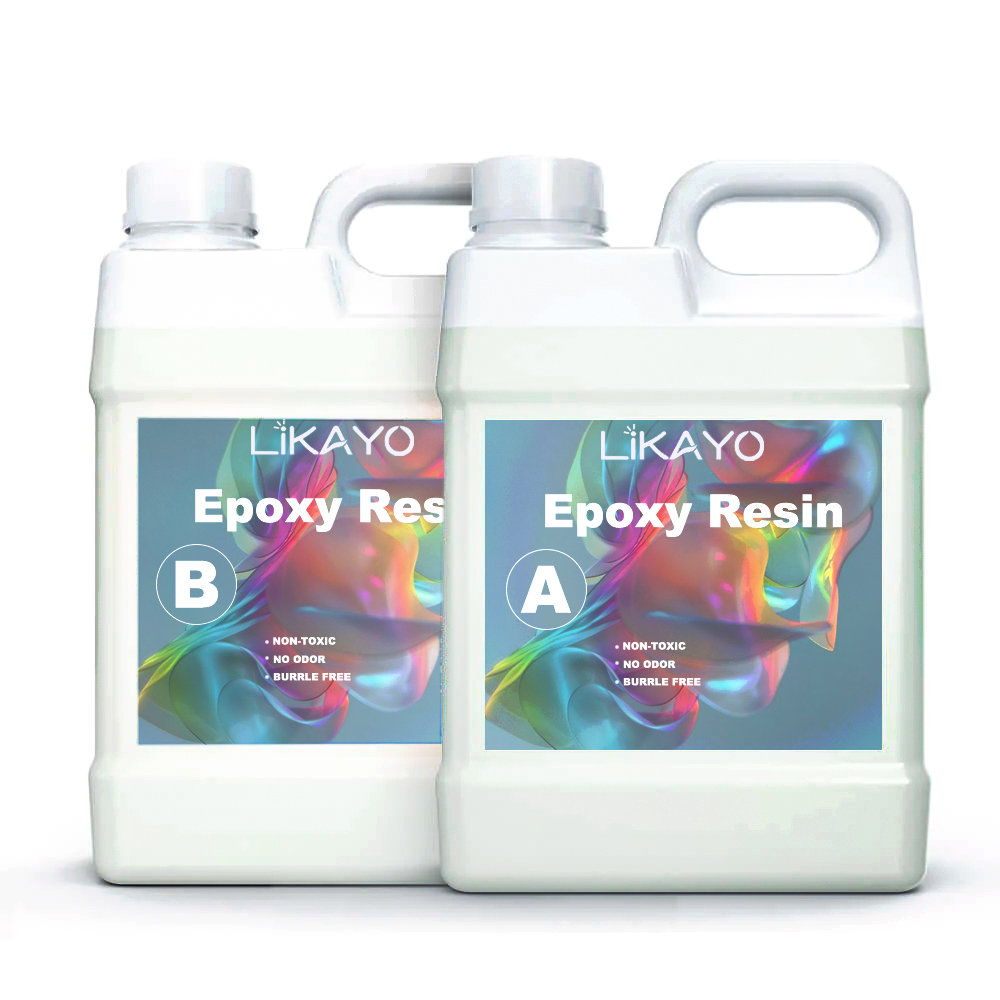About Resin




Epoxy resins are a type of reactive pre-polymers and polymers containing epoxide groups. This material can react either with themselves (via catalytic homopolymerization) or with other co-reactants such as polyfunctional amines, acids, phenols, alcohols, and thiols to form cross-links. We often name these co-reactants as hardeners or curatives. Furthermore, the cross-linking process we use here is curing. The product of this cross-linking or curing process is a thermosetting polymer material having favorable mechanical properties and high thermal and chemical resistance.
In the curing process of epoxy resin, there are several dozen chemicals we can use as curative agents. Some examples include amines, imidazoles, anhydrides, and photosensitive chemicals. Generally, the uncured epoxy resin material has poor mechanical, chemical, and heat-resistant properties. The curing of epoxy resins is an exothermic reaction. Sometimes, this reaction produces sufficient heat that can cause thermal degradation of the resin if the conditions are not controlled.
There are many different applications of epoxy resins, including coating applications, adhesives, composite material production, industrial tooling applications, bonding matrix along with glass or carbon fiber fabrics to produce composites with high strength-to-weight characteristics, etc.
UV resin is a type of resin that belongs to the group of synthetic resins and cures from the energy of the sun or UV devices. Typically, UV reins cure completely within a few minutes, and we can use them for sealing, bonding, and coating material. This resin material is applied in a thin layer, and it remains wet until it is exposed to UV light. This light can be either sunlight or under the light of a UV lamp.
Moreover, UV resin is useful in sealing collages and embedded items in metal bezels to cast shapes in molds and also to create an enameled look in jewelry. Usually, a UV resin is made of monomers, oligomers, photopolymerization, initiators, and other additives. When it is exposed to UV light, the photoinitiator tends to undergo a chemical reaction, allowing it to bond independent oligomers and monomers into a more complex chain. We call these chains polymers. Therefore, in short, UV resin is a material that polymerizes and cures in a short time by the energy of UV rays emitted from a UV irradiation device.
Epoxy Resin or UV Resin
Epoxy resin and ultraviolet (UV) resin are both common resin materials, but they differ in some aspects:
- Curing Method:
- Epoxy resin typically cures through a chemical reaction, requiring the mixing of epoxy resin and hardener, and curing at a certain temperature.
- UV resin cures through exposure to ultraviolet light, quickly solidifying into a hardened form when exposed to UV light.
- Curing Time:
- Epoxy resin has a relatively long curing time, usually ranging from hours to days, depending on environmental temperature and formulation.
- UV resin has a shorter curing time, typically requiring only seconds to minutes to cure, depending on the intensity and wavelength of the UV light.
- Applications:
- Epoxy resin is widely used in coatings, adhesives, composite materials, etc., especially suitable for applications requiring longer curing times and high durability.
- UV resin is commonly used in 3D printing, jewelry making, coatings, and other applications requiring rapid curing and precise molding, as it can cure quickly and with precise control over curing location.
- Operational Requirements:
- Working with epoxy resin is relatively safe as it does not rely on UV light sources, but care must be taken with mixing ratios and curing temperatures.
- Working with UV resin requires caution to prevent UV radiation from harming the skin and eyes, and UV light sources are needed for curing.
In summary, the choice between epoxy resin and UV resin depends on specific application requirements and processing needs.

